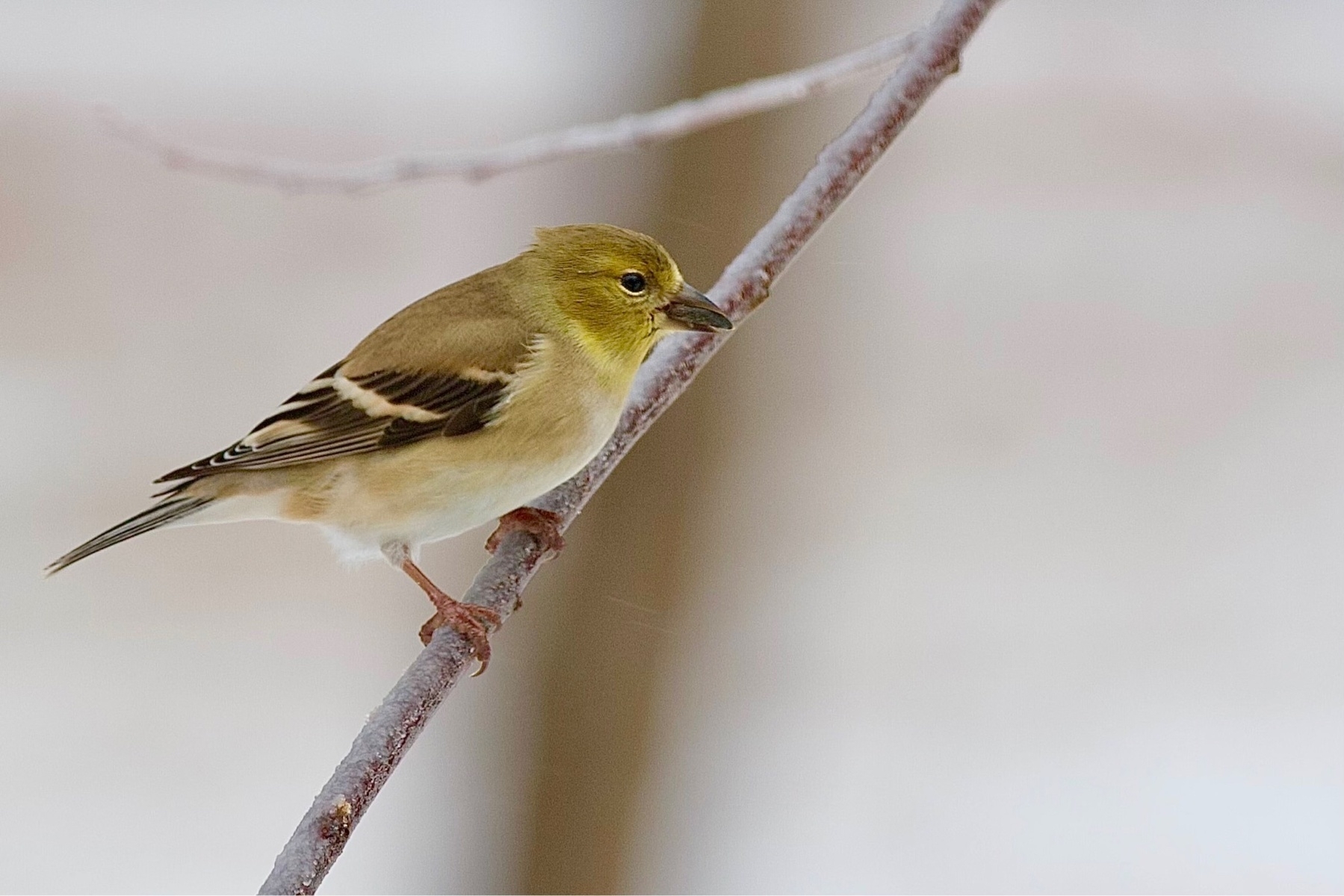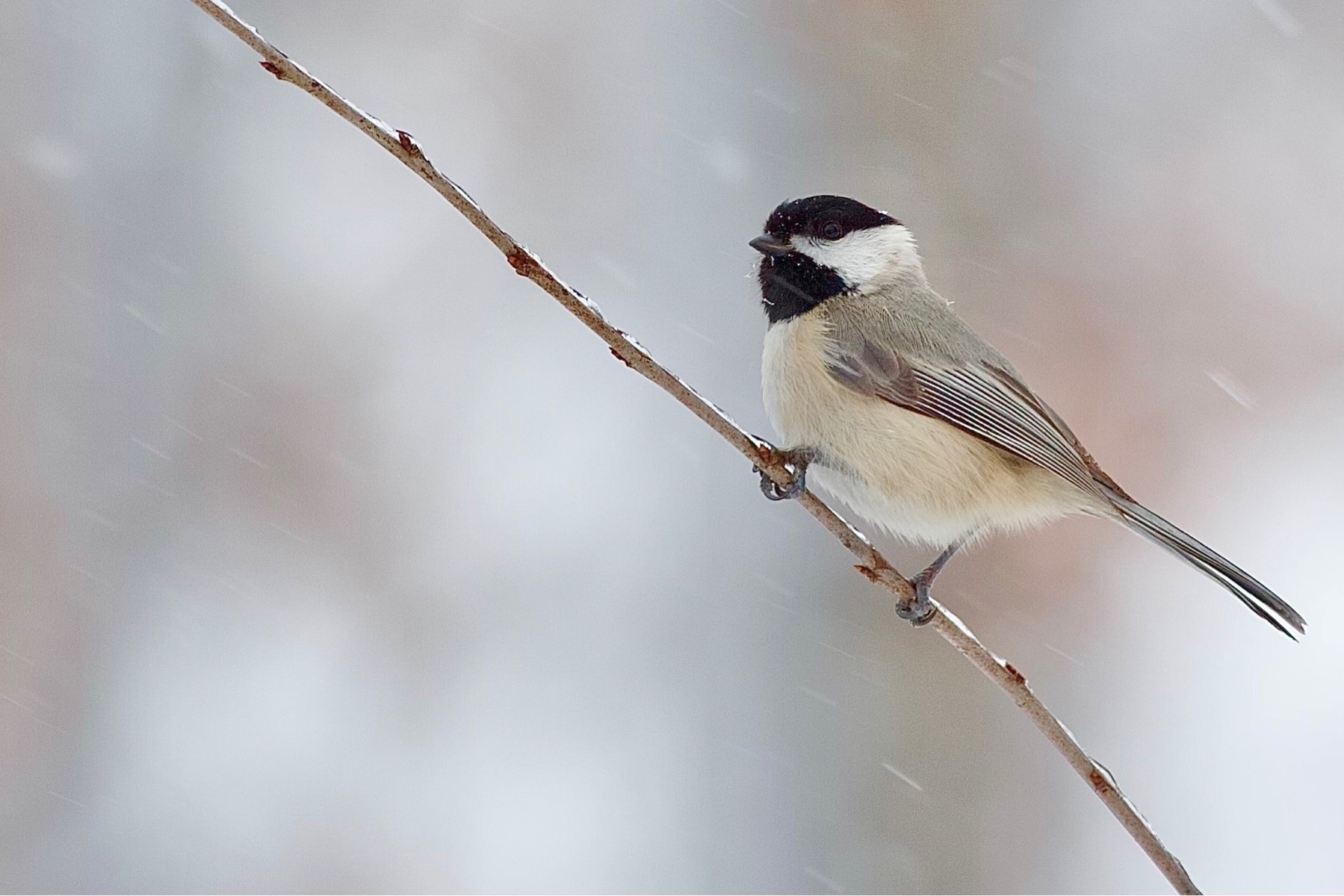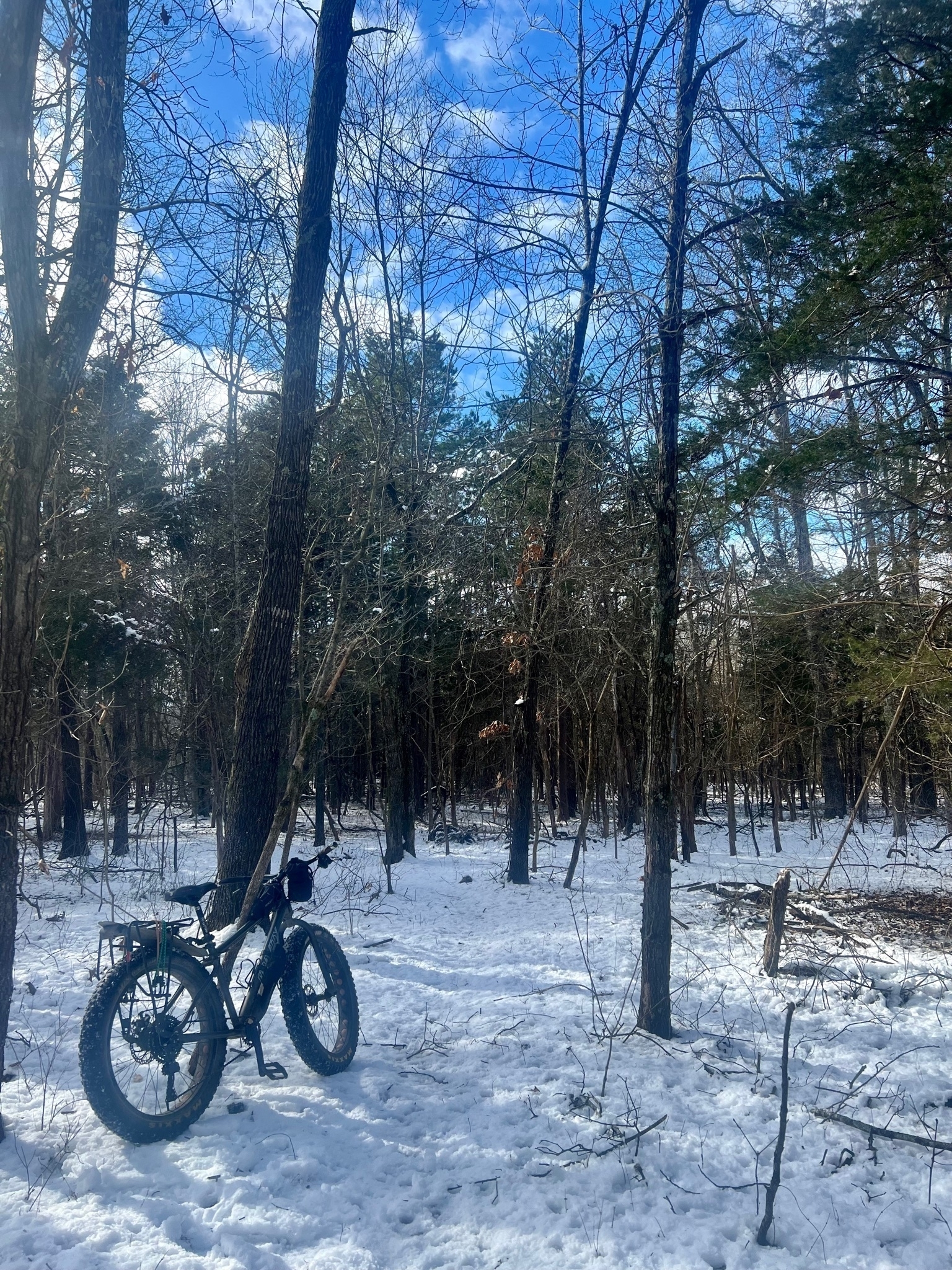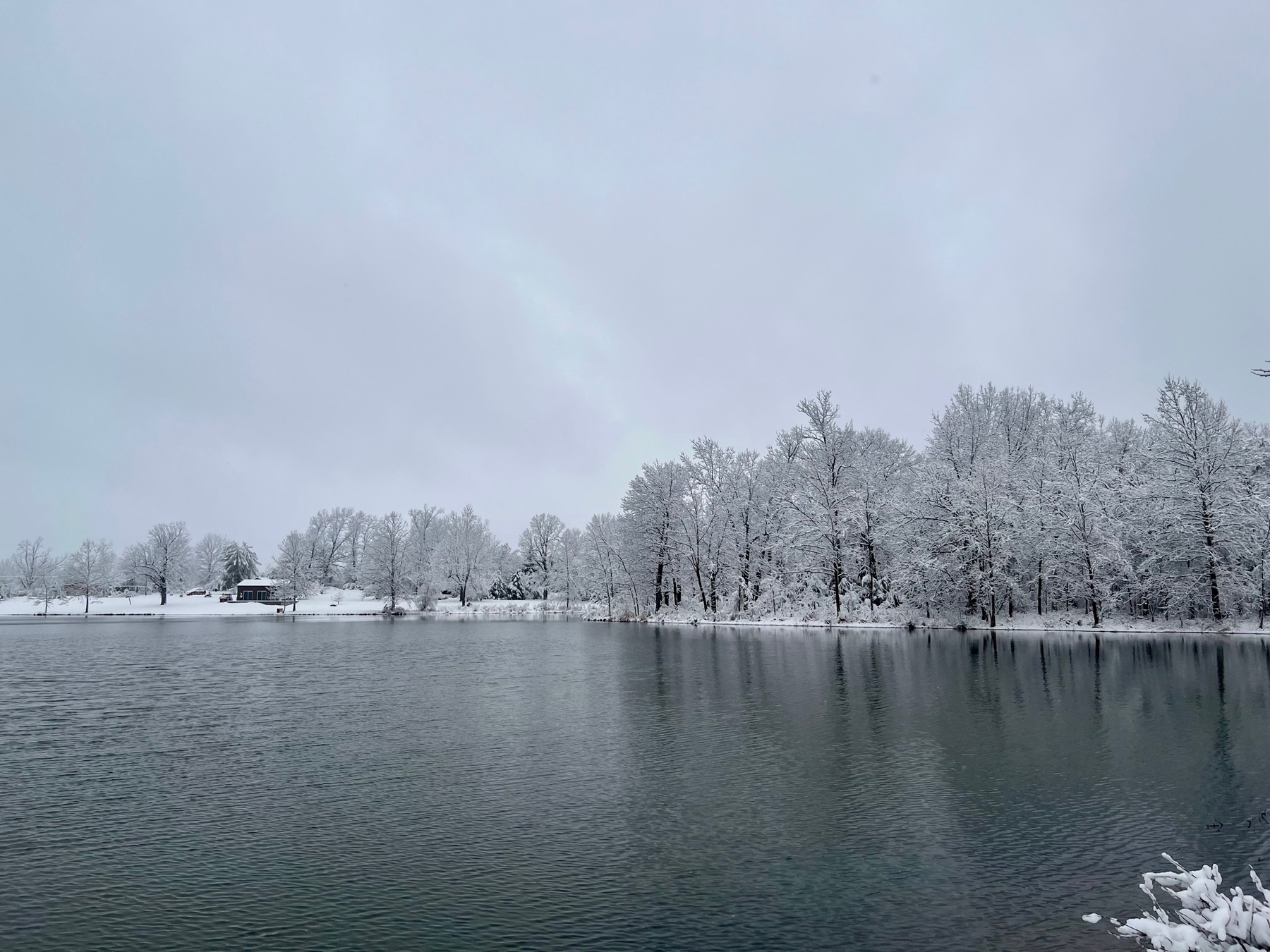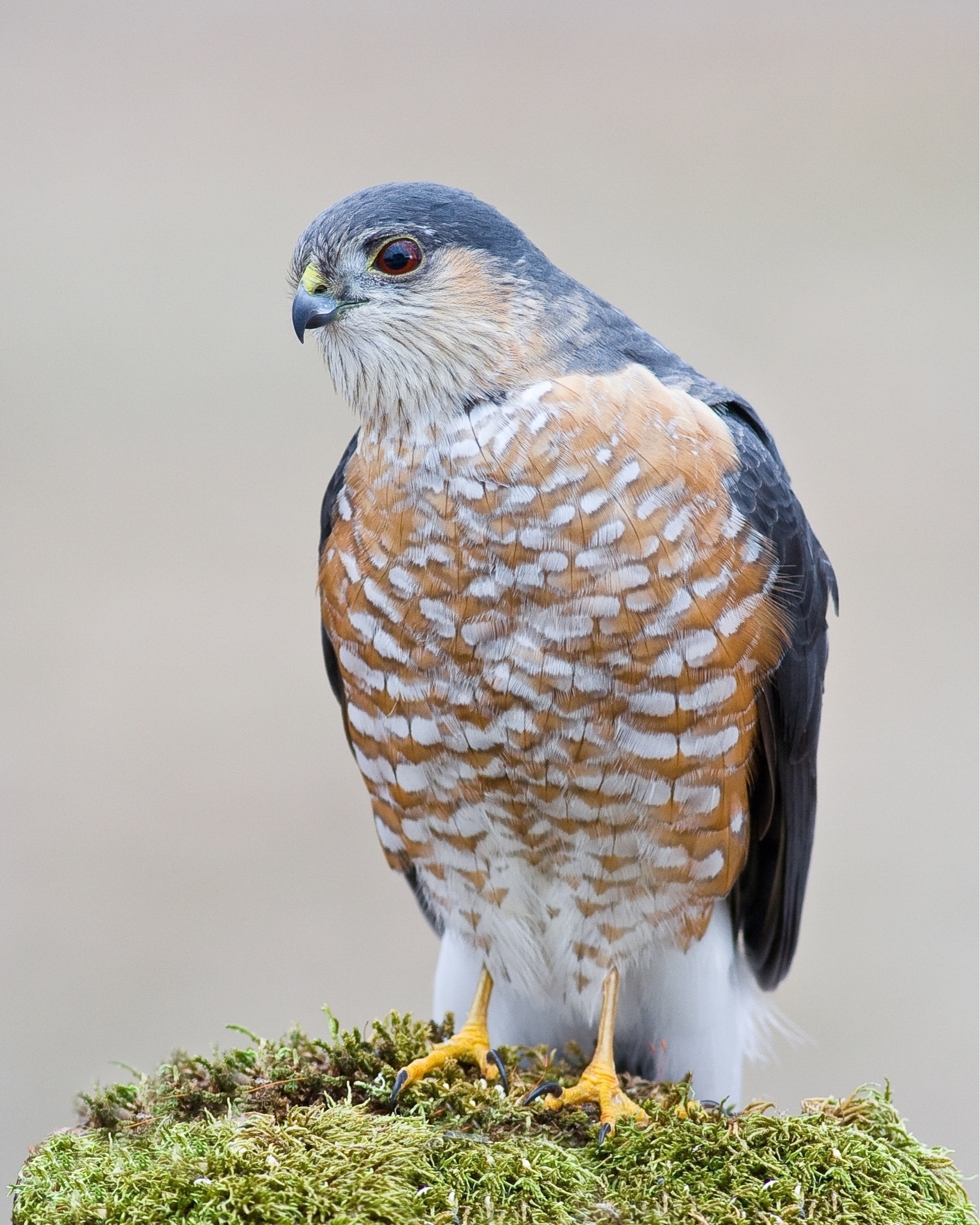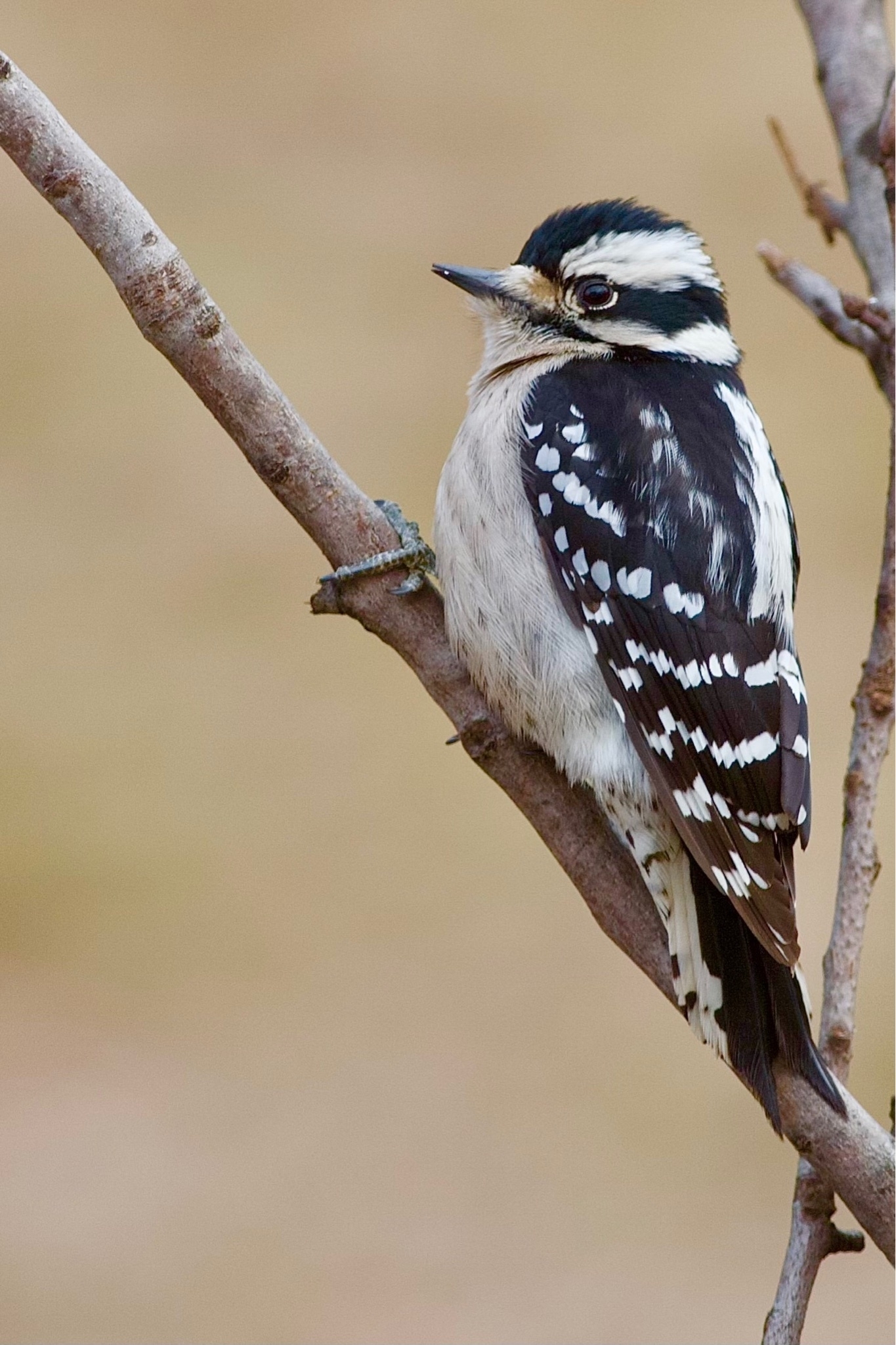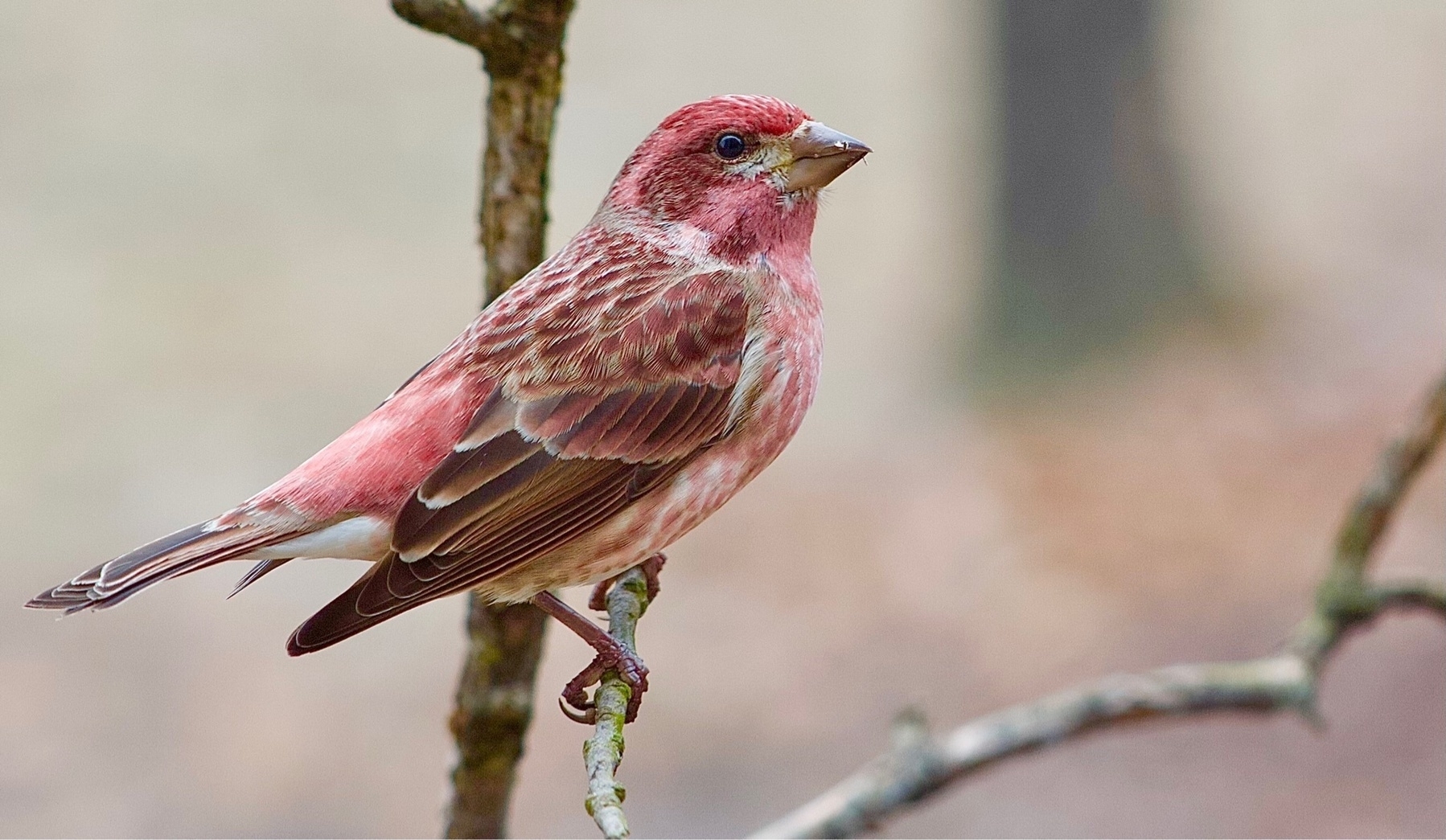Photography
Blue Jay, Cyanocitta cristata. They feed mainly on seeds and nuts, such as acorns, which, according to Wikipedia, they sometimes hide to eat later. I wonder how many birds to that? They also eat soft fruits, arthropods, and, occasionally, small vertebrates.
We had lots of very wet snow in southeast Missouri last night. Makes for some very pretty pictures and a power outage. Is it too early for hot chocolate with peppermint vodka?
The eastern towhee, Pipilo erythrophthalmus. Not the clearest photo, but if you look closely, you'll see that this towhee is having some dinner!
Turban cup lichen, Cladonia peziziformis. A species of cup lichen in the family Cladoniaceae. The thallus consists of two parts: the primary thallus and the upwardly podeties where the apotheci are found.
Sharp-shinned hawk, Accipiter striatus, a small hawk, with males being the smallest hawks in North America. I almost missed this shot at the end of a day. I was finished but at the last moment decided to stay just a little longer. The hawk landed in front of me moments later.
Maybe I should be embarrassed but yeah, when I'm working on a podcast transcript I like to arrange a Keychron keyboard on top of the Magic Keyboard. Helps to have the media keys. I can even use the trackpad. But, as you can see, I'm procrastinating. 🤣
The downy woodpecker, Dryobates pubescens, the smallest species of woodpecker in North America. I see and hear these often in the woods here.
The pileated woodpecker, Dryocopus pileatus. Pileated refers to the bird's prominent red crest, from the Latin pileatus meaning capped, is more prominent on the male. These are fairly common around here and I see or hear them a few times a month.
Bewick's wren, Thryomanes bewickii or Carolina wren, Thryothorus ludovicianus, but I'm not sure. They often visit around my tiny house and porch catching insects and spiders.
The red-bellied woodpecker, Melanerpes carolinus. I see and hear these pretty woodpeckers all of the time, one of my favorite neighbors! The male has red from the beak all the way back.
Purple Finch, Haemorhous purpureus
"The Purple Finch prefers nesting in lowland coniferous and mixed forests, avoiding more heavily populated urban areas, but sometimes found in rural residential areas."
The northern flicker or common flicker, Colaptes auratus. A beautiful woodpecker and is one of the few woodpecker species that migrate. When I see them, they are often on the ground hunting for insects.
The moss bell mushroom growing from the moss is really tiny! Probably less than 12 millimeters.

Galerina, Moss Bells

Cladonia, Pixie Cup Lichen

Galerina, Moss Bells




